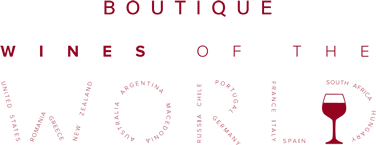Highlight
An unpleasant characteristic often resulting from poor winemaking practices or storage conditions, and leading to wine spoilage sometimes can be found in wine. Many of the compounds that cause wine faults are already naturally present in wine but at insufficient concentrations to adversely affect it. In fact, depending on perception, these concentrations may impart positive characters to the wine. However when the concentration of these compounds greatly exceeds the sensory threshold, they replace or obscure the flavors and aromas that the wine should be expressing (or that the winemaker wants the wine to express). Ultimately the quality of the wine is reduced, making it less appealing and sometimes undrinkable.
There are many causes for the perception in wine faults including poor hygiene at the winery, excessive and/or insufficient exposure of the wine to oxygen , excessive or insufficient exposure of the wine to sulphur, overextended maceration of the wine either pre- or post-fermentation, faulty fining, filtering and stabilization of the wine, the use of dirty oak barrels, over-extended barrel aging and the use of poor quality corks. Outside of the winery, other factors within the control of the retailer or end user of the wine can contribute to the perception of flaws in the wine. These include poor storage of the wine that exposes it to excessive heat and temperature fluctuations as well as the use of dirty stemware during wine tasting that can introduce materials or aromas to what was previously a clean and fault-free wine.

